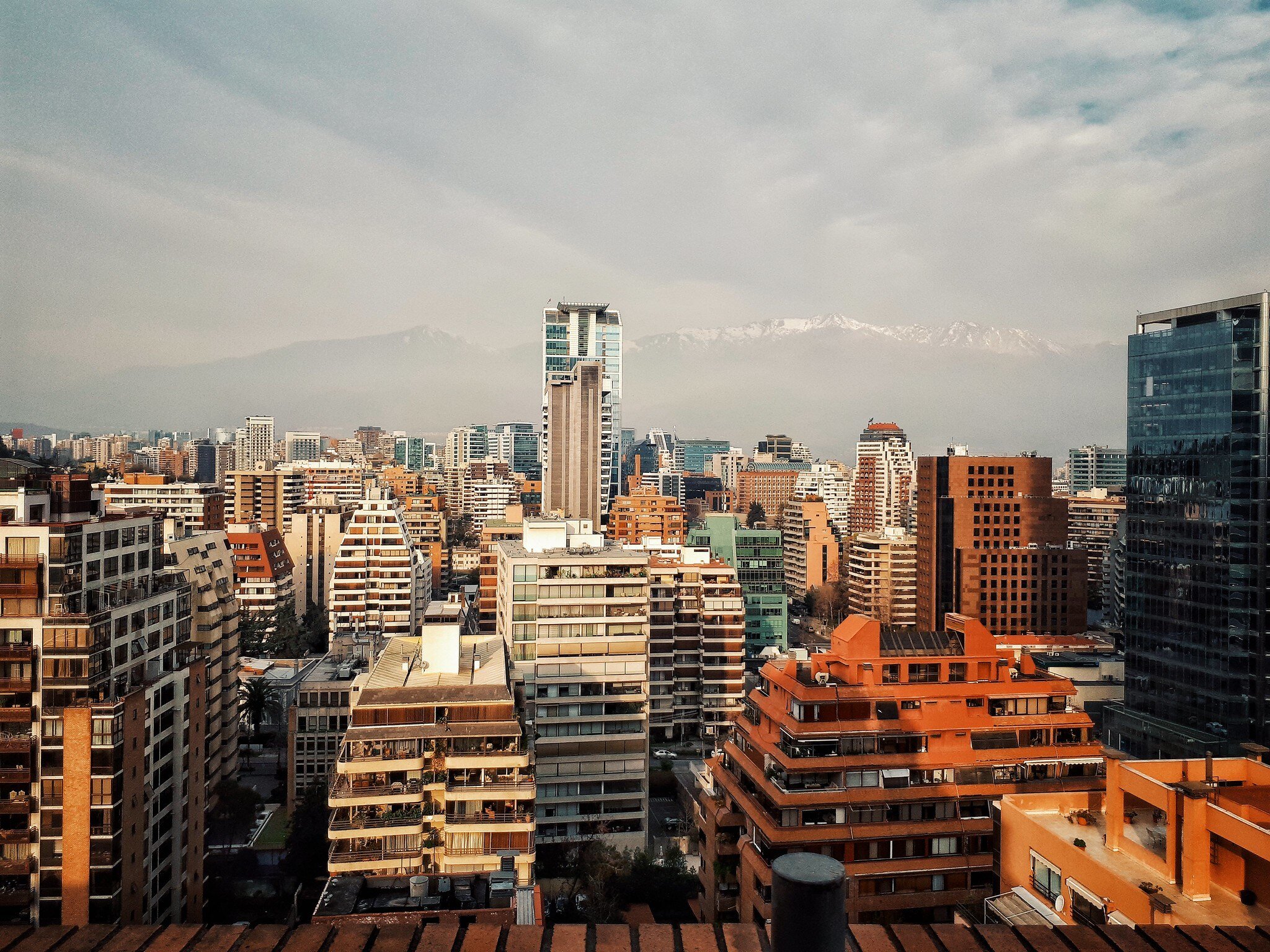In August, I had the pleasure of conducting an onsite cost-of-living survey in Casablanca a second time. While there, one of our housing sources told me that ridesharing services are becoming more popular in the city. Having dealt with the hassle of hailing taxis and negotiating every rate during my previous survey, I decided to give ridesharing a try.

The most popular rideshare app in Casablanca is Careem, as neither Uber nor Bolt operate in Morocco. Officially, ridesharing is not allowed in Morocco as only taxis are licensed to transport passengers, but this has not stopped rideshare apps from becoming increasingly popular among expatriates in Casablanca. In the week I spent on site, I took rideshares and taxis interchangeably.
Rideshares were generally matched to ride requests quickly, but on more than one occasion the estimated wait time for a car to arrive was more than 15 minutes, which was not conducive to getting around to multiple outlets in a day of surveying. Pricing is competitive with the rates that I was able to negotiate with the taxi drivers, and rideshare prices are far below the rates that taxi drivers will initially quote. The biggest downside is that, due to the animosity between rideshare and taxi drivers, rideshare drivers are typically unwilling to pick up or drop off in areas where there are a lot of taxis due to the threat of harassment. So, if you’re headed to a hotel, mall, or major street, you may have to catch your rideshare in an alleyway or parking lot.
My most memorable experience was leaving Casablanca. My rideshare driver, Oussama, was blocked in by two taxis that aimed to stop him from taking me to the airport. He was unable to negotiate with them to allow him to take me as a passenger, so I met him again just an 8-minute walk from my hotel. Unfortunately, the taxis followed me and blocked Oussama once again. Finally, Oussama hailed another taxi, which we got in together, and he explained the situation to this new taxi driver who was sympathetic to our situation. He agreed to help, so we used this new taxi to evade the other taxi drivers that were following us. After a few trips around the block, Oussama, asked our taxi driver to drop him off near his vehicle while the taxi would continue to drive me around a circuitous route to a spot a few blocks away in the hopes that the taxis chasing us would either lose us or eventually give up. In what was certainly one of the more interesting rides I have ever taken, we finally managed to lose the pursuing taxis and I met Oussama directly on a main street where we quickly loaded my bags and headed straight to the airport where he dropped me off without any further issue.

While this was not the average rideshare experience in Casablanca, it is indicative of some of the issues that one may encounter if one is looking to call a rideshare from a location that has taxis present. In no way would rideshare be considered a hassle-free alternative to taking a regular taxi in Casablanca. Nonetheless, negotiating reasonable taxi fares can be challenging and tiring, so Careem could still have its place in an expat’s transportation options. Many may find, as I did, that combining taxis and rideshare can keep things flexible depending on timing, location, and willingness to negotiate —just don’t expect it to be easy!
Photos from Nathan's Research Trip
Did You Know How We Calculate COLA?
Our goal: To capture the reality of assignees’ spending needs, accurately measuring cost differences between the host and home locations. We believe our approach is closely aligned to the way assignees actually consume goods and services, delivering you a more accurate and defensible result. AIRINC is unique in that we measure cost differences arising from both price differences as well as the shopping adaptations assignees make. Our in-house researchers canvass thousands of prices on a continuous basis to capture the pure price differences in a large market basket of goods and services.
They also research circumstances in each host location, adjusting their calculations when local conditions require assignees to adapt. Examples of adaptations include considerations for local commuting patterns (e.g. driving in Houston vs. using public transportation in Singapore), accessing child-care (babysitters in lieu of family support), and drinking water (using purified water when tap water is not advised). Capturing price differences in this way provides you with a COLA that reflects your assignee’s actual experience, giving you the comfort that your employees are supported properly.


%20(3).png)



%20(32).png)
%20(35).png)


